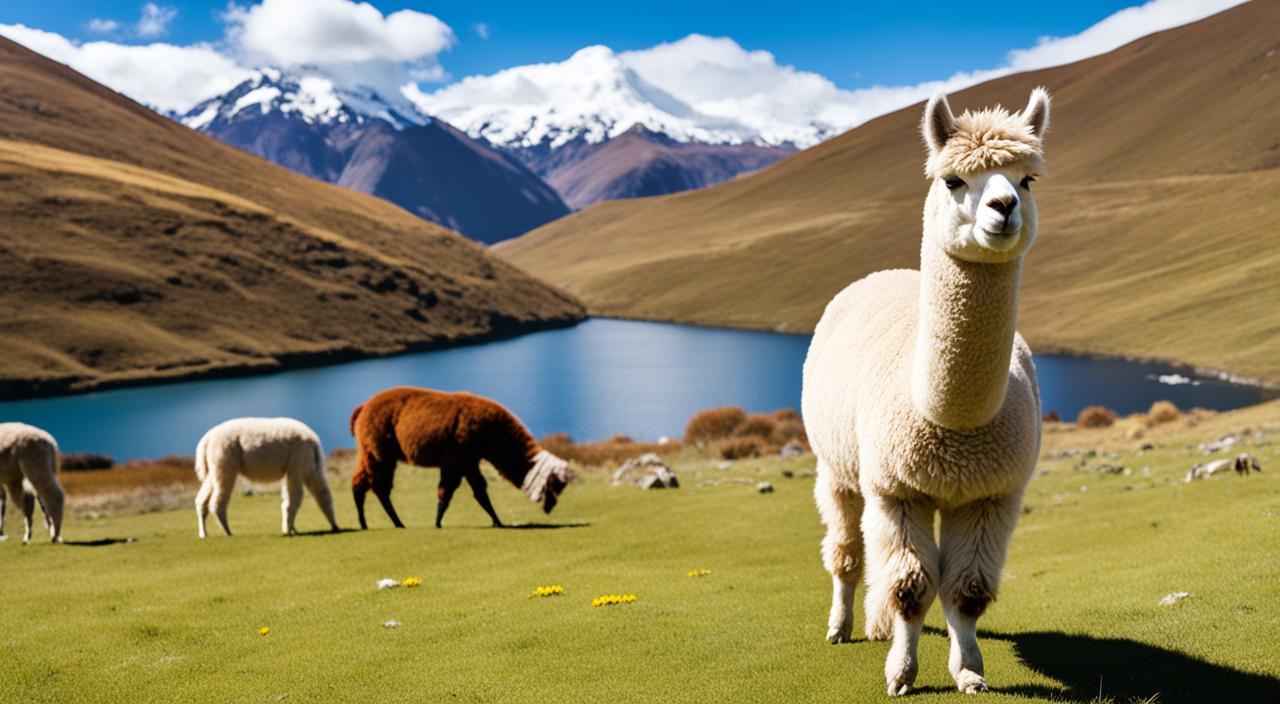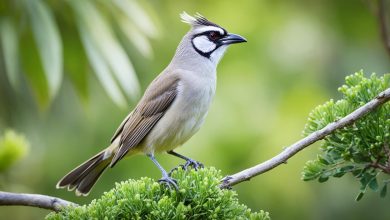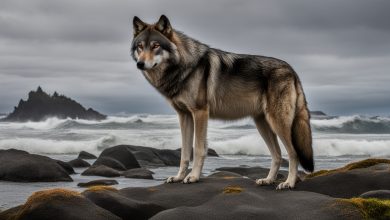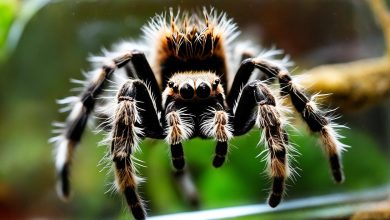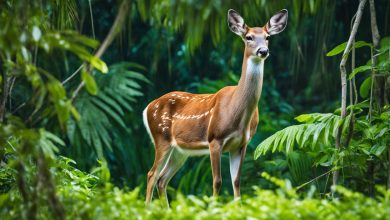Did you know Peru has over 4 million alpacas? It’s the top producer of these cute camelids. People around the world love them for their soft, hypoallergenic wool and sweet nature. We’ll dive into their special traits, cultural importance, and how they’re farmed ethically.
Alpacas come from the Andes Mountains in South America. They’ve been important to Andean cultures for hundreds of years. These big, gentle animals are famous for their soft, luxurious wool. It’s known for being eco-friendly and safe for people with allergies.
We’ll look into the two main types of alpacas: Suri and Huacaya. Each has its own type of wool. We’ll see how these animals are a big part of Andean culture. They’ve been used in textiles for many years.
Introduction to Alpacas
Alpacas are the cute and soft camelids from the Andes Mountains in South America. They live mainly in Peru, Bolivia, and Chile. These animals have been important to Andean culture for thousands of years. The ancient Inca people domesticated them.
Alpacas love the high, cool climates of the Andes. They eat the rich grasses and are used to the tough terrain.
What is an Alpaca?
Alpacas are small, woolly camelids, like cousins to llamas. They weigh between 120 to 200 pounds, half as heavy as llamas. They have great vision and hearing, which helps them stay safe. They are easy to train and are friendly, making them great as pets or farm animals.
Origins and Habitat
Alpacas come from the Andes Mountains, where they’ve lived for over 6,000 years. They’re perfect for the high, cool Andes climate, eating the rich grasses. Alpacas live in groups, showing social behaviors like grooming each other and taking dust baths together.
| Alpaca Fact | Statistic |
|---|---|
| Lifespan | 15 to 20 years, with the longest documented lifespan being 28 years |
| Breeds | Huacaya alpacas make up 85-90% of all alpacas, while the remaining 10-15% are Suri alpacas |
| Weight | 120 to 200 pounds, about half the weight of llamas |
| Herd Behavior | Alpacas generally require companionship and thrive better when kept in herds of three or more |
| Diet | Alpacas consume approximately two pounds of hay per 125 pounds of body weight daily, roughly 1.5% of their body weight, along with nutritional supplements as needed |
| Shelter | Owners should provide alpacas with a three-sided open shelter and ample space according to stocking density recommendations to ensure their health |
Alpacas are good for the environment. They need less land and food than other animals, making them a good choice for farmers. Their special stomach helps them digest food well, which is good for the planet.
Alpaca Breeds
Alpacas are divided into two main breeds: Suri and Huacaya. These animals from South America are famous for their soft, hypoallergenic fiber. This fiber is used to make luxurious textiles. Both breeds are similar but have different fibers, offering unique qualities.
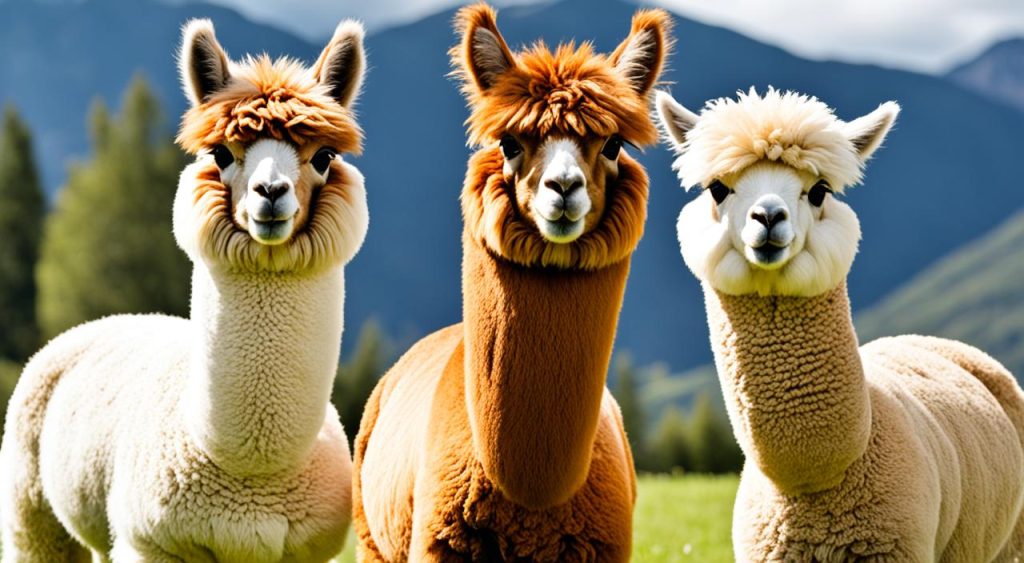
Suri Alpacas
Suri alpacas are known for their long, silky locks or curls. Their fiber is very fine and shiny, making it highly valued. They make up about 10% of all alpacas, making them a rare breed.
Huacaya Alpacas
Huacaya alpacas have a dense, fluffy coat that’s crimped and water-resistant. They are the most common type, making up 90% of all alpacas. Their fiber is soft, warm, and versatile for knitting and weaving.
Both Suri and Huacaya alpacas are prized for their top-quality fibers. This demand drives the global market for alpaca textiles and products. The Quimsachata research center in Peru is home to the largest genetic reserve of colored alpacas. It showcases the wide range of natural colors these animals have.
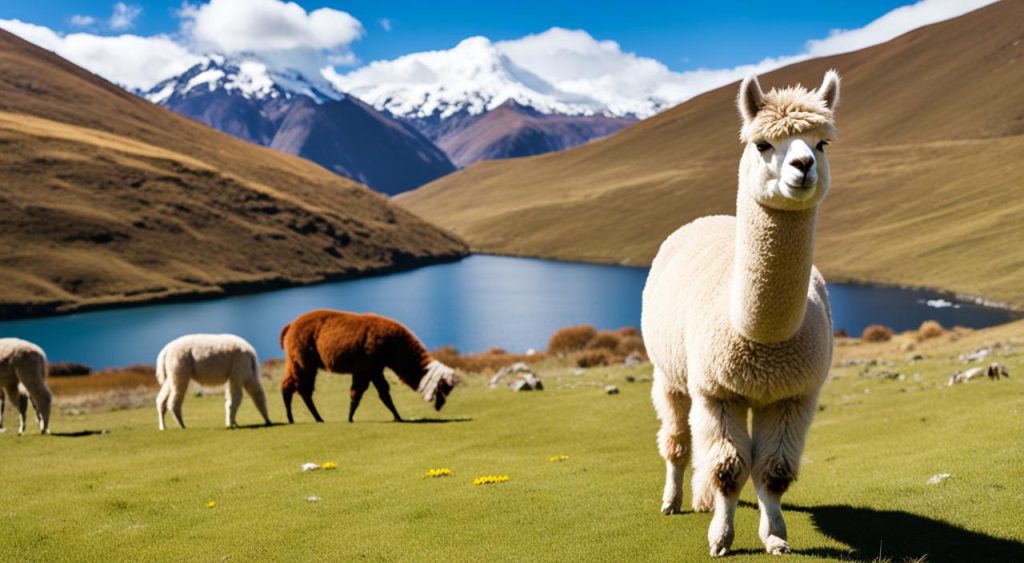
Alpaca Fiber and Products
The soft, warm, and hypoallergenic alpaca fiber is a true marvel of nature. It’s different from sheep’s wool because it has no lanolin. This makes it perfect for those with sensitivities. Alpacas, gentle grazers from the Andes Mountains, produce a fiber that is both sustainable and luxurious.
Hypoallergenic and Sustainable
Alpaca fiber is known for being hypoallergenic because it has almost no lanolin. This is why it’s a top choice for those with wool allergies or sensitivities. Plus, alpacas are kind to the Andean ecosystem, making their fiber a sustainable textile option.
Luxury Alpaca Wool
Alpaca wool is seen as a luxury, valued for its top-notch quality. It’s used to make a variety of high-end items, like cozy sweaters and warm scarves. Its exceptional softness and durability also make it popular in the fashion and home goods sectors.
| Alpaca Fiber Fact | Statistic |
|---|---|
| Suri alpacas make up 19-20% of the North American alpaca population | Known for their longer and silkier fibers |
| Alpacas have been domesticated for over 5,000 years | By ancient tribes in the Andean highlands |
| Alpacas are predominantly sheared once a year | Top stud males reach up to 7 kg of total fleece and 3 kg of good quality fiber |
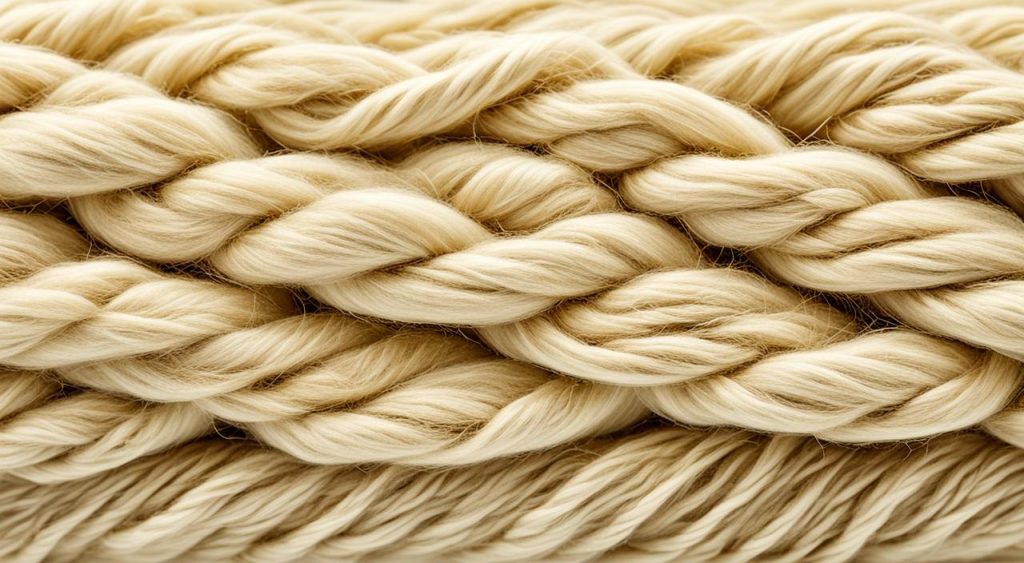
“Alpaca fiber has a higher tensile strength than wool fibers, with American breeders selecting for finer fiber diameter to enhance softness similar to merino wool.”
Alpaca in Peru
Peru is the top producer and exporter of alpaca fiber, with over 4 million of these soft Andean camelids. Alpacas are key to the Peruvian economy, especially in rural Andean areas. They are farmed extensively, providing income and food for many communities. The alpaca fiber is also a big export for Peru.
The Ayacucho region is famous for its large alpaca population and its role in Peruvian nutrition. Alpaca meat is a main food in the Andes because it’s high in protein and low in fat. With about 80% of the world’s alpacas in southern Peru, the country’s alpaca industry is crucial to its farming and culture.
| Alpaca Statistics in Peru | Value |
|---|---|
| Percentage of world’s alpaca population located in Peru | 80% |
| Number of alpacas in Peru | Over 4 million |
| Percentage of Huacaya alpacas in Peru | 90% |
| Percentage of Suri alpacas in Peru | 10% |
| Number of families in the Andes supported by the alpaca industry | Approximately 150,000 |
Alpacas mean more to Peru than just their economic value. They are deeply rooted in Andean culture. Skilled artisans make beautiful textiles from them, and these camelids are highly respected. Alpacas are a symbol of pride and identity for the Peruvian people.
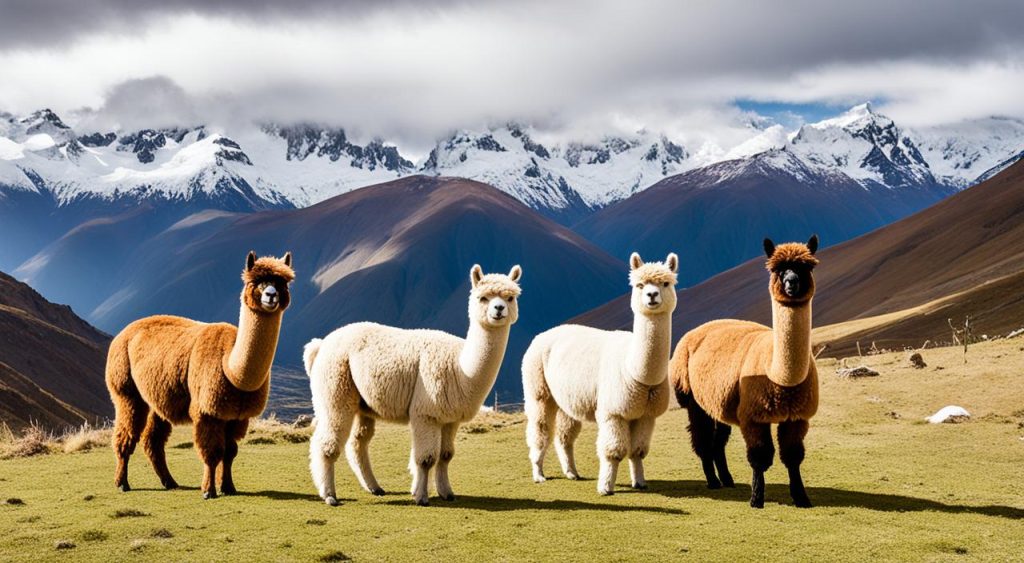
Visiting Alpaca Farms
For those interested in Peru’s alpacas, visiting special farms and centers is a must. Awana Kancha and Quimsachata are top spots for learning about these soft, Andean animals.
Awana Kancha
Awana Kancha is near Cusco and offers a deep dive into alpaca breeding and fiber production. You can feed the alpacas and learn about their traditional textiles. This has been done for generations.
Quimsachata
Quimsachata is in Puno and has the most colored alpacas in Peru. It’s a place for improving alpaca fiber and meat quality through breeding and embryo transfer. Visitors can meet the staff and learn about the alpacas’ importance in Andean culture and economy.
Visiting Awana Kancha or Quimsachata, or both, lets you dive into alpaca tourism. You’ll learn to appreciate these amazing alpaca farm animals from the Andes.
Alpaca
Alpacas are amazing members of the camelid family, which also includes llamas, vicuñas, and guanacos. These animals live in herds in the Andes Mountains. Peru is the main place for alpaca farming and making products from their fiber. Alpacas are loved for their soft, hypoallergenic fiber. This fiber is used to make luxury textiles. They are also raised for their meat, which is a key source of protein for people in the Andes.
Alpacas are smaller than their big camelid relatives. They can be up to 1.5 meters tall and weigh between 100-175 pounds. These animals can live for 15-25 years and have a pregnancy of 335 days, which is shorter than llamas. You can tell alpacas apart from llamas by their ears. Alpacas have pear-shaped ears, while llamas have banana-shaped ears.
| Characteristic | Alpaca | Llama |
|---|---|---|
| Height | Up to 1.5 m | Up to 1.9 m |
| Weight | 100-175 lbs | 280-450 lbs |
| Life Expectancy | 15-25 years | 15-30 years |
| Gestation Period | 335 days | 350 days |
| Ear Shape | Pear-shaped | Banana-shaped |
The alpaca has been raised for about 6,000 years. Its fiber was once only for the Inca nobility. Now, Peru has a big alpaca wool industry. Breeders from around the world, including Canada, raise alpacas. They are chosen for their low environmental impact and the great warmth of their coats. This makes them a popular choice for sustainable and ethical farming.
“Alpacas are gentle, curious, and intelligent animals that have captured the hearts of people around the world.”
Cultural Significance of Alpacas
Alpacas have been a big part of Andean culture for thousands of years. They go way back to the Inca civilization. These fluffy animals are a big part of the culture in Peru, Bolivia, and Chile. Their soft, hypoallergenic fiber is used to make traditional textiles like ponchos, shawls, and rugs.
Andean Textiles
Andean textiles, often made with alpaca wool, are a cherished craft. It’s a tradition passed down through generations. Alpaca fiber was once only for Inca nobility. Before the Spanish conquest in the 1500s, its quality was as high as vicuña wool.
Alpacas were important in religious and social ceremonies for the Incas. They showed how much these animals meant to the culture. These animals were only hunted on special occasions, showing a careful relationship with them.
Now, Peru has a thriving industry around alpaca wool. Alpaca breeders are found all over the world, including in Canada and the United States. The legacy of alpacas in Andean culture still inspires and fascinates people everywhere.
| Fact | Value |
|---|---|
| Alpacas were treasured by the ancient Inca civilization | Indicating a high level of importance placed on these animals in South America |
| Alpaca fleece was considered the best textile during the Inca period | Demonstrating the value of this material |
| Alpacas were hunted only during specific ceremonial occasions by the Incas | Indicating a carefully regulated relationship with these animals |
| The Incas treated alpacas as beloved companions | Highlighting their unique bond with these animals compared to other livestock |
Ethical Alpaca Farming
Alpaca farming in Peru is known for its sustainable and ethical methods. These methods focus on the animals’ and the environment’s well-being. Alpacas, being gentle grazers, don’t harm the Andean ecosystem. They are sheared humanely, without causing them any distress.
Many farms, like Quimsachata, work on breeding and feeding programs. These programs improve the health and resilience of their alpacas. Alpacas have been part of Peruvian culture for 6–8,000 years, thanks to the Native Andeans.
Sustainable Practices
Peruvian alpaca farmers use sustainable methods to care for their herds. Shearing is done once a year to keep the alpacas healthy and cool. This process is done carefully to protect the animals.
- Alpacas don’t shed their fleece naturally, so they need to be sheared once a year.
- Shearing is done in a way that prevents harm, either by shearing them while they stand or by laying them down safely.
- Experts use safe and gentle methods during shearing to avoid hurting the animals.
- Shearing also lets farmers trim the animals’ nails and teeth, and give them shots.
Peru has over 3 million alpacas, which is about 90% of the world’s total. These farms usually have 60 to 90 alpacas. Alpacas are key to Peru’s sustainable farming and textile industries.
Alpaca farming in Peru is good for the environment and helps families earn a living. Shearing alpacas every year can support a family for up to 20 years. The alpaca fiber is in demand for its quality. It’s natural, biodegradable, fire retardant, and hypoallergenic.
Alpaca Meat and Nutrition
Alpacas are known for their soft fiber, but their meat is also valuable in Peru. Alpaca meat is packed with protein, iron, and has low fat. This makes it a great choice for a healthy diet. The Ayacucho region is famous for its alpacas and uses alpaca meat to help feed the community.
Alpaca meat is leaner than other meats, with less cholesterol and more protein. This makes it a favorite among those looking for a healthier option. As more people discover alpaca meat, there’s a growing demand for it. This has led to better ways of raising alpacas for meat.
The popularity of alpaca meat is rising because of its unique taste, health benefits, and versatility. Traditional Peruvian drinks are often served with alpaca meat dishes. This adds to the dining experience and attracts food lovers worldwide.
People are choosing alpaca meat because it’s raised in a way that’s good for the planet. Alpaca farming is gentle on the environment. Alpaca meat is now found in restaurants around the world, from fancy places to street food stalls. This shows how accepted and popular it has become globally.
Alpaca meat is lean and packed with proteins, lower in calories and fat compared to traditional meats. This makes it an excellent choice for a healthy diet. It’s full of omega-3 fatty acids, which are good for the heart and can lower the risk of chronic diseases. It also has iron and zinc, which help prevent anemia and boost the immune system. Plus, it’s a good source of vitamin B12, important for nerve function and DNA production.
Alpaca meat has a lot of protein, which is great for building and repairing muscles. It’s also better for the environment than beef or pork, needing less water and land. Alpaca farming is a two-for-one deal, providing both meat and fiber through shearing.
Alpaca meat can be cooked in many ways, like grilling, roasting, or stir-frying. It’s easy to digest and is used in dishes like lomo saltado and stews in Peruvian cuisine. Alpaca meat is a sustainable and healthy choice, encouraging people to be more mindful of their food choices and support local farmers.
Caring for Alpacas
Raising alpacas needs special knowledge and a focus on their unique needs. These animals are from the high Andes and live in cool, thin air. They have specific needs for food, shelter, and health care. People who care for alpacas must know about their behavior, what they eat, and how to breed them.
Alpacas need the right living space, with at least 40 square feet each and high fences. They are social animals and prefer living with others of their kind. It’s important to deworm and vaccinate them like sheep in the area, and shear them once a year, usually in April.
Feeding alpacas is key to their health. They eat about 2% of their body weight in food daily and need to graze all day. They also need lots of fresh water, up to 4 liters a day for each one.
FAQ
What are alpacas?
Alpacas are soft, fluffy animals from the Andes Mountains in South America. They are related to llamas and are famous for their soft, hypoallergenic fiber.
Where do alpacas live?
Alpacas live mainly in Peru, Bolivia, and Chile. They love the cool, high places of the Andes Mountains.
What are the different breeds of alpacas?
There are two main types of alpacas: Suri and Huacaya. Suri alpacas have long, silky locks, while Huacaya alpacas have a thick, fluffy coat.
What makes alpaca fiber unique?
Alpaca fiber is soft, warm, and hypoallergenic. It’s perfect for people with sensitivities because it doesn’t have lanolin like sheep’s wool.
How important are alpacas to the Peruvian economy?
Peru leads the world in alpaca fiber production and export. Over 4 million alpacas are in Peru, playing a big role in the economy, especially in the Andes.
What can visitors experience at alpaca farms in Peru?
Visitors can learn a lot at farms like Awana Kancha and Quimsachata. They can see how alpacas are bred, how their fiber is made, and traditional textiles are created.
How are alpacas woven into Andean culture?
Alpacas have been key to Andean culture for thousands of years. Their fiber is used to make beautiful textiles, which are a source of pride for many communities.
What are the ethical and sustainable practices in alpaca farming?
Alpaca farming in Peru focuses on being sustainable and ethical. It ensures the animals and the environment are taken care of. Alpacas are gentle grazers and their fiber is sheared humanely.
How is alpaca meat used in Peru?
In Peru, alpaca meat is a valuable food source. It’s full of protein, iron, and low in fat. The Ayacucho region is known for its alpacas and the meat’s role in local food and community health.
What are the specific care requirements for alpacas?
Taking care of alpacas needs special knowledge and attention. They are used to the Andes’ high-altitude, cool climate. Farmers and caretakers must know about their diet, behavior, and breeding to keep them healthy.
